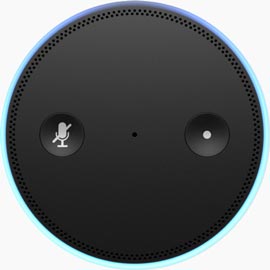
#37 - Concussion Treatment and Recovery Plans
Using the data gathered in the clinical interview, you can create an individual concussion treatment and recovery plan. Refer your patients to the appropriate specialists by determining their clinical trajectory.
Here are the six clinical trajectories your patient will fall within:
- Vestibular — you’ll notice balance, or pro-pree-uh-ception difficulties
- Ocular — this manifests in visual changes or visual differences
- Cognitive fatigue — patients may report chronic tiredness, mental disturbances, memory changes
- Post-traumatic migraine — patients more prone to migraines may report constant headaches that can sometimes last months. Sounds and light will be debilitating, and they may even become dizzy
- Cervical — this will show through neck pain, neck dysfunction, or an overall loss of range in motion
- Anxiety/mood — you may observe persistent low mood type symptoms, or your patient can display constant anxiety with no necessary reason behind the worry
Communicating the treatment plan to patients
Once you figure out the clinical trajectory, it’s important to walk through a patient’s rehabilitation plan and answer any questions. By explaining your treatment ideas you build trust and show compassion. This also creates a team atmosphere and teaches patients why you are recommending a specific type of treatment.
OTHER FLASH BRIEFINGS YOU MIGHT FIND HELPFUL:

